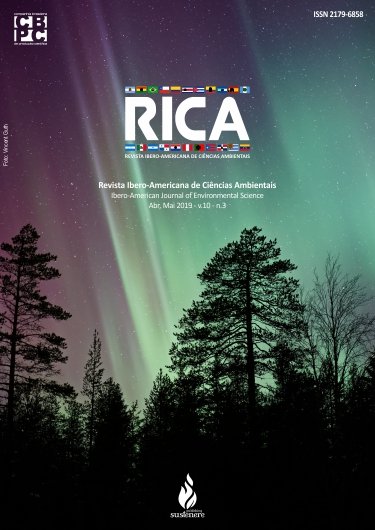Characterization of boiler ashes from sugarcane mill
DOI:
https://doi.org/10.6008/CBPC2179-6858.2019.003.0016Palabras clave:
Electricity, Efficiency, Superior Calorific Value, Bagasse, StrawResumen
Sugarcane mills produce sugar and ethanol and have always used bagasse as fuel to generate energy for self-consumption. Recently some mills have been also producing surplus electricity to sell in the market a third product from sugarcane. Although any boiler can be efficient, the sale of electricity has stimulated the improvement of the burning process. However, the investment in high-pressure boilers, much more expensive than any common boiler, is essential for the exportation of electricity. Among the 22 sugarcane mills from Mato Grosso do Sul, Brazil, only 12 power plants sell electricity to the grid. The power generation efficiency depends on the pyrolysis in boilers, which results in ashes that match the unburned mineral fraction of the fuel as oxide. Both the bagasse and the straw are composed predominantly of lignin, hemicellulose and cellulose with calorific power near to the wood at the same moisture content. However the bagasse leaves the mill with about 50% of moisture while the straw reaches the industry with about 15% of humidity. This paper characterize the ashes samples from burned bagasse from seven sugarcane mills at Mato Grosso do Sul Brazilian state, to compare the methodology available for use to measure the efficiency of the pyrolysis system. Among these sugarcane mills only two are highlighted by their higher burning efficiency, both of them selling electricity, while the others showed unburned portions characterizing an inefficient system. For these industries the ash content in the ashes showed values compatible with the Superior Calorific Value as an efficiency index for the combustion degree in boilers.
Descargas
Descargas
Publicado
Número
Sección
Licencia
La CBPC - Companhia Brasileira de Produção Científica (CNPJ Brasil: 11.221.422/0001-03) tendrá los derechos materiales de los trabajos publicados. Los derechos se refieren a la publicación del trabajo en cualquier parte del mundo, incluyendo los derechos a las renovaciones, expansiones y diseminaciones de la contribución, así como otros derechos subsidiarios. Todos los trabajos publicados electrónicamente podrán posteriormente ser publicados en colecciones impresas bajo coordinación de esta empresa y / o sus socios. El (los) autores (as) conservan los derechos de autor, pero no están autorizados a publicar la contribución en otra medio, impreso o digital, en portugués o traducción.









